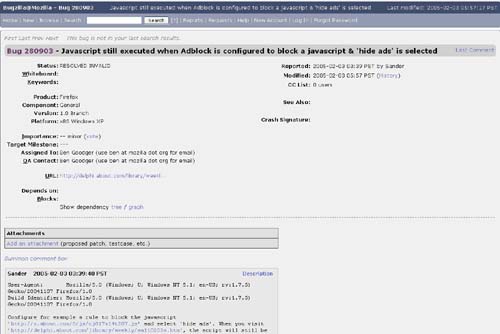Python Behavior-Driven Development (BDD)
This article from David Sale provides a short introduction to Behavior-Driven Development in Python. The article presents the principles of Behavior Driven Development and present the syntax of the Gherkin language that can be used with the freshen Python package, a clone of the famous Cucumber BDD framework written for Ruby. Freshen is an open source acceptance testing framework for Python that uses (mostly) the same syntax as Cucumber. A small step by step example is provided on how to use freshen and alternative tools are proposed.






